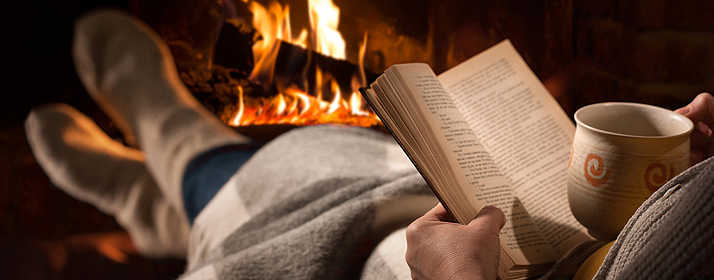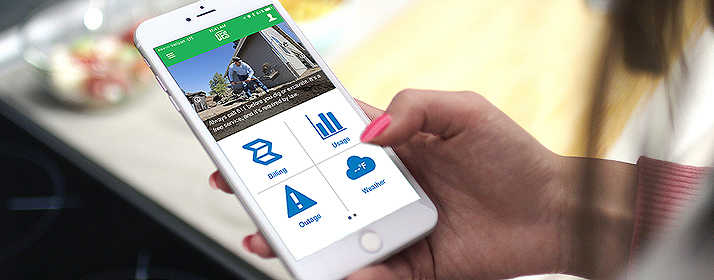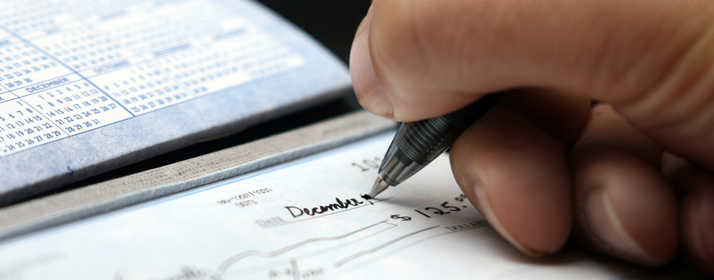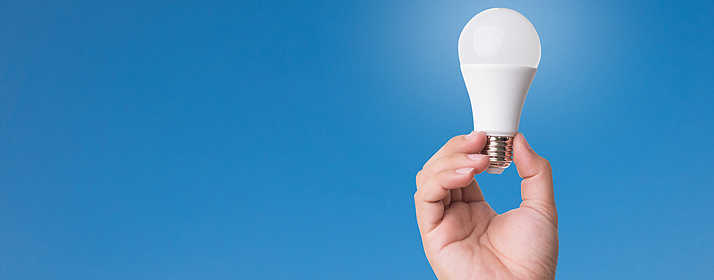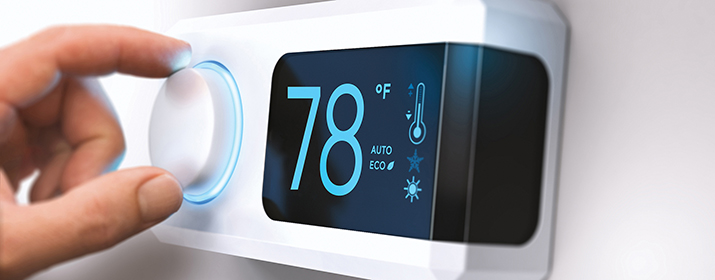
While temperatures may soar this summer, your energy costs don’t need to. Keep your home cooler and your energy use in check by implementing some or all of these simple energy-efficiency tips:
- AC tune-up time. Have your central air conditioner tuned up for the summer to make sure it’s operating at peak efficiency. Get a rebate on an advanced AC tune-up through UniSource Energy Services’ Efficient Home Program. Dirty or clogged filters restrict airflow and make your AC unit work harder and use more energy. So, be sure to replace them monthly or as specified.
- Plant shade trees. According to the U.S. Department of Energy (DOE), strategically-planted shade trees around your home can reduce your summer energy costs by up to 20 percent. UES’ Trees for You program offers rebates on desert-adapted trees that, when mature, will help cool your home in the summer. For energy-saving landscaping tips, visit the DOE’s website.
- Swap out incandescent and CFL bulbs for LEDs. Here’s another good reason to replace your inefficient light bulbs with LEDs: While they’re just as bright, they run much cooler than incandescent and CFL bulbs and last much longer. Cooling a room with LEDs uses less energy. Discounted LED bulbs can be purchased at local participating retailers such as Lowes, The Home Depot and Walmart.
- Invest in a variable-speed pump. Pool owners should consider investing in a variable-speed pool pump that runs at lower speeds and uses less energy. It also can be programmed to run during less expensive off-peak hours. If you have a single-speed pump, try reducing the run time by 30 minutes to determine how long it actually takes to keep your pool clean. You might need to run your pool pump just a few hours a day. Receive a $160 instant rebate from UES when you purchase a qualified variable-speed pump.
- Dial up or invest in a smart thermostat. Cooling and heating costs can account for about 44 percent or more of your annual energy use. When temperatures rise, set your thermostat a bit higher. The DOE recommends 78 degrees in the summer, or as high as comfortable. Installing a smart thermostat, which automatically adjusts the temperature to your schedule and preferences, can lower your energy costs by 20 percent and often pays for itself within one year.
- Close blinds and draperies. To keep your home cooler, keep exterior doors and windows closed tightly and close the blinds in the morning before it gets hot. Installing thermal blinds or draperies also can help reduce the amount of radiant heat in your home.
- Caulk and weather strip around windows and doors. Repair or replace caulking and weather stripping around doors and windows for a good tight seal that keeps hot air out and the cool air in.
- Use fans. Using ceiling or whole-house fans are a good way to keep cool air circulating in the house. Many ceiling fan models have switches that allow you to change the rotation of the blade. Run the blades counter clockwise in summer to draw up cooler air from the floor. In the winter, switch the blades to run clockwise to pull warmer air down from the ceiling.
- Reduce indoor heat sources. Big screen TVs, ovens, clothes dryers, incandescent lighting and dishwashers radiate extra heat in your home when you’re trying to cool it down. Turn off the TV when you’re not watching it, grill outdoors or use the microwave oven instead of cooking inside, and run your dryer and dishwasher at night when it’s cooler. Use the delay start or end features for your convenience.
- Install awnings or sun shades. According to the DOE, window awnings on south- or west-facing windows can reduce solar heat gain in the summer by 60 percent or more. Light-colored and tightly-woven synthetic fiber awnings or sun shades with grommets or vents are the most effective for keeping heat away from your home.

